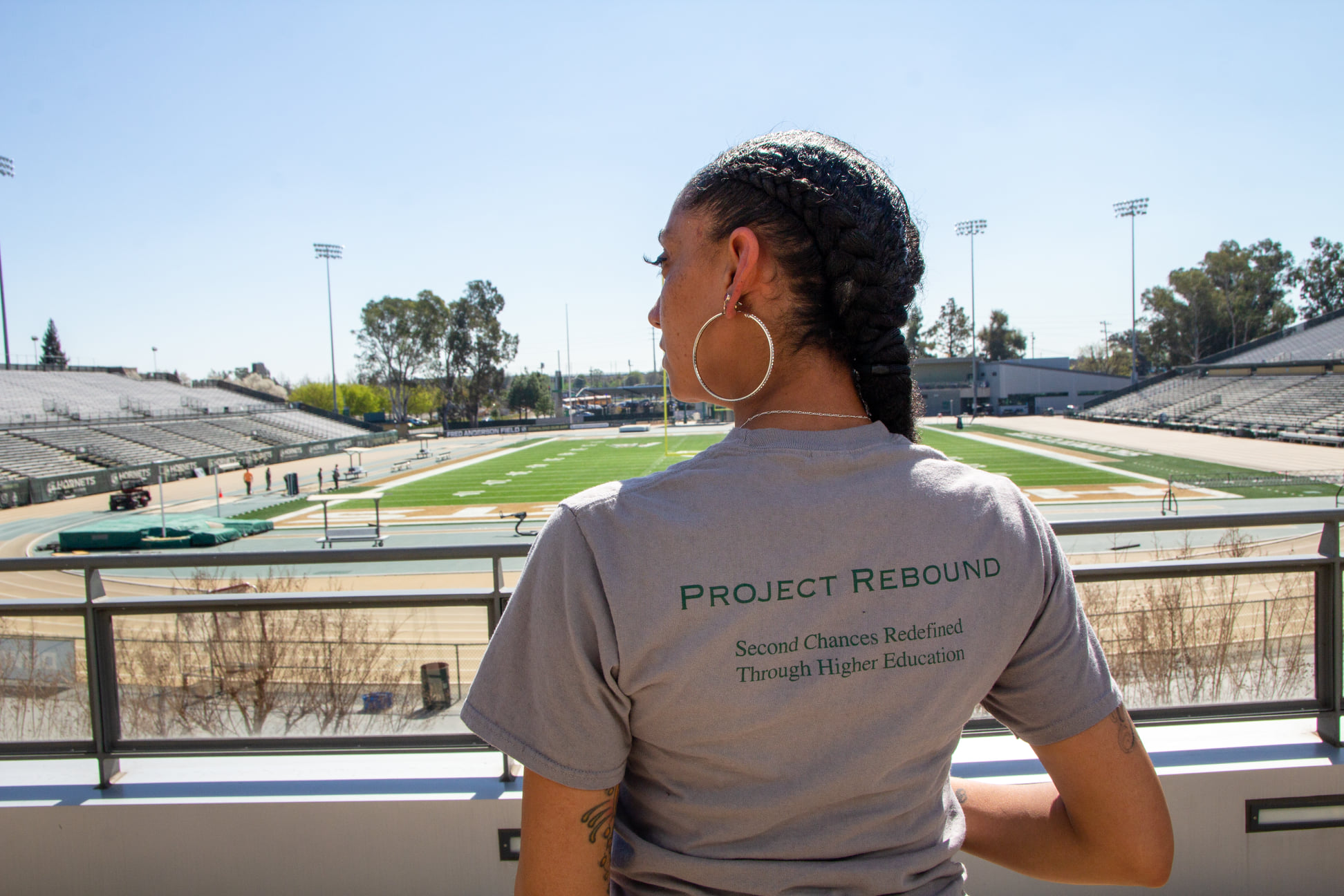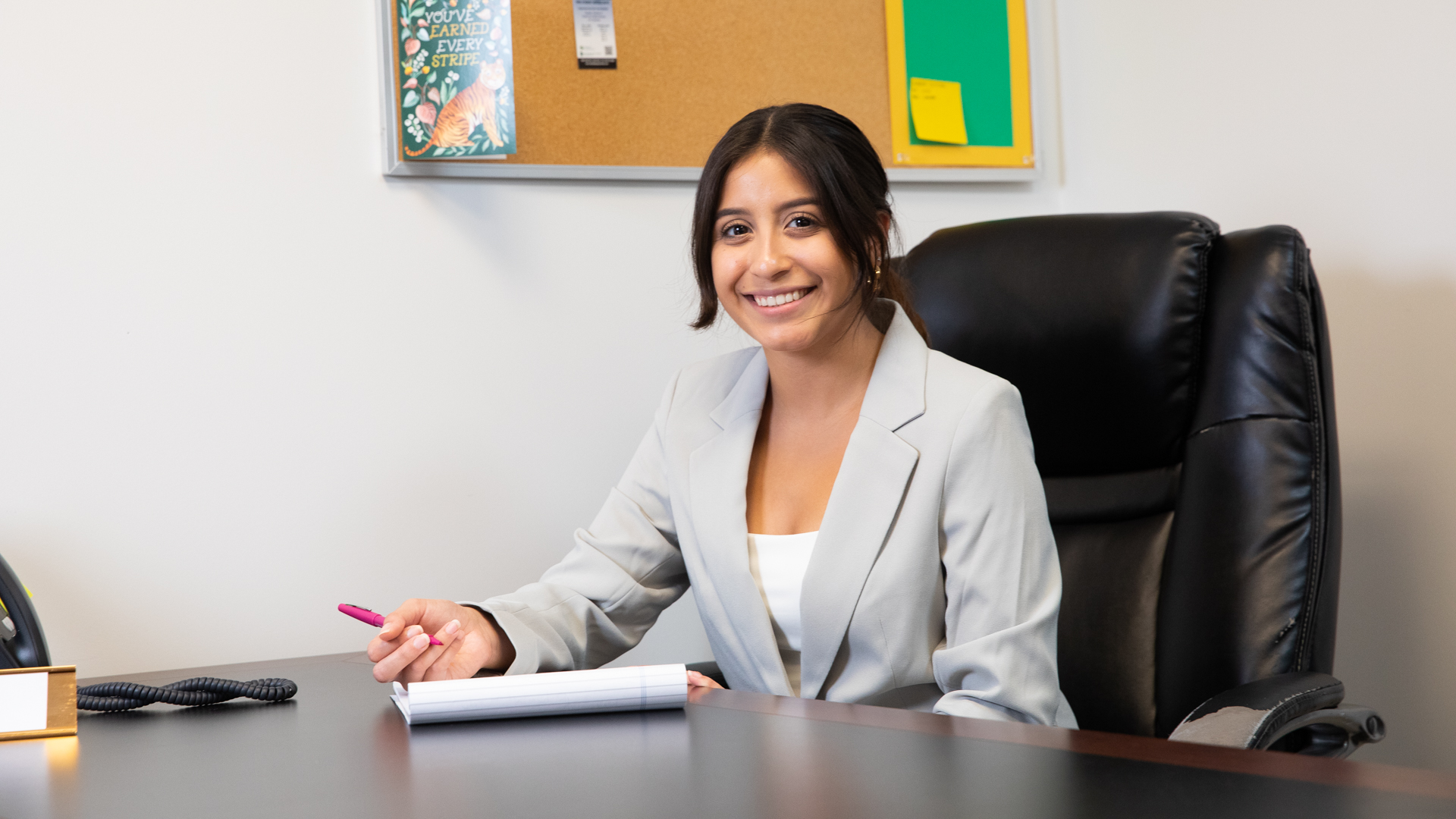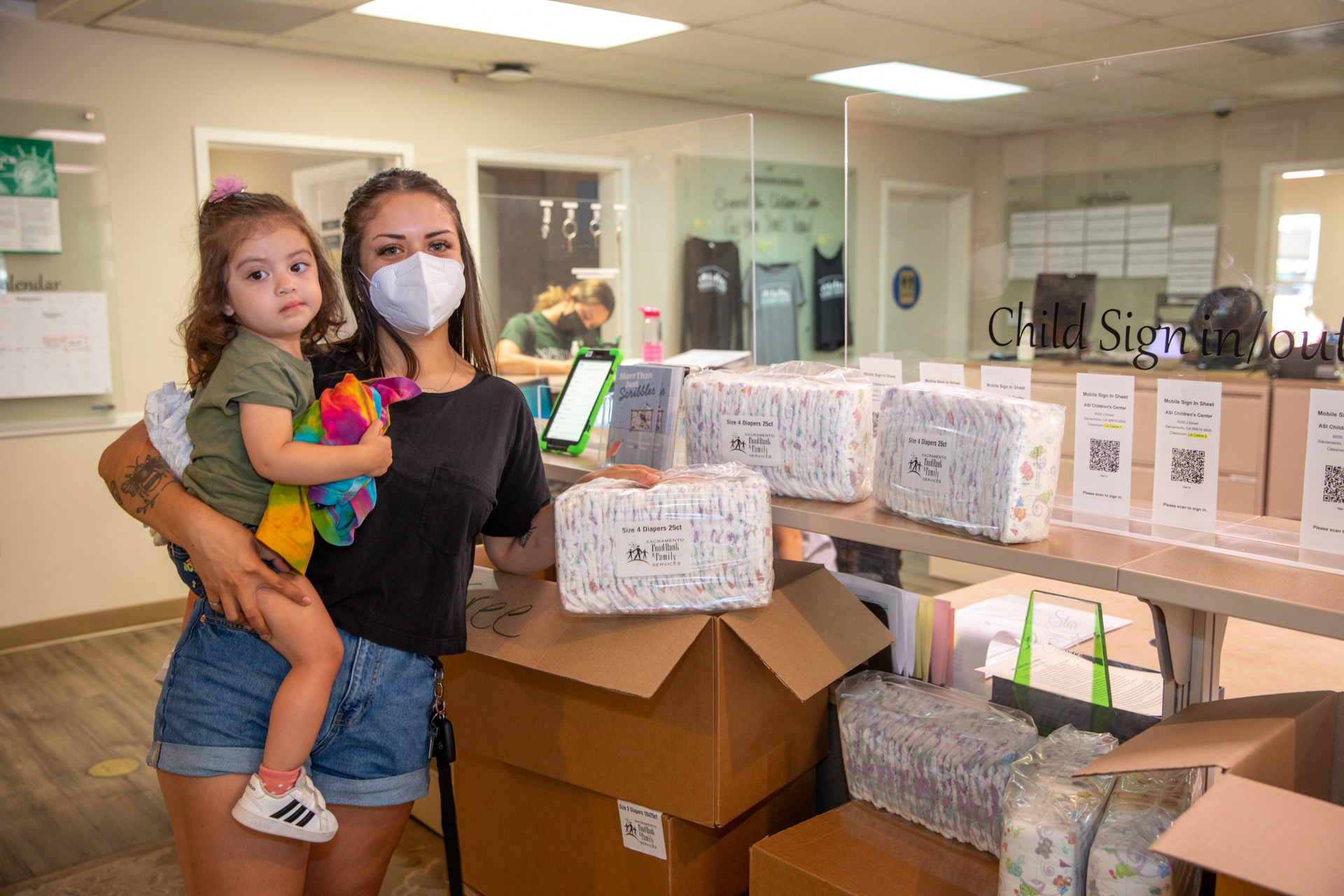Story Content
Sac State restorative justice program works to make a difference in the lives of inmates, victims of crime
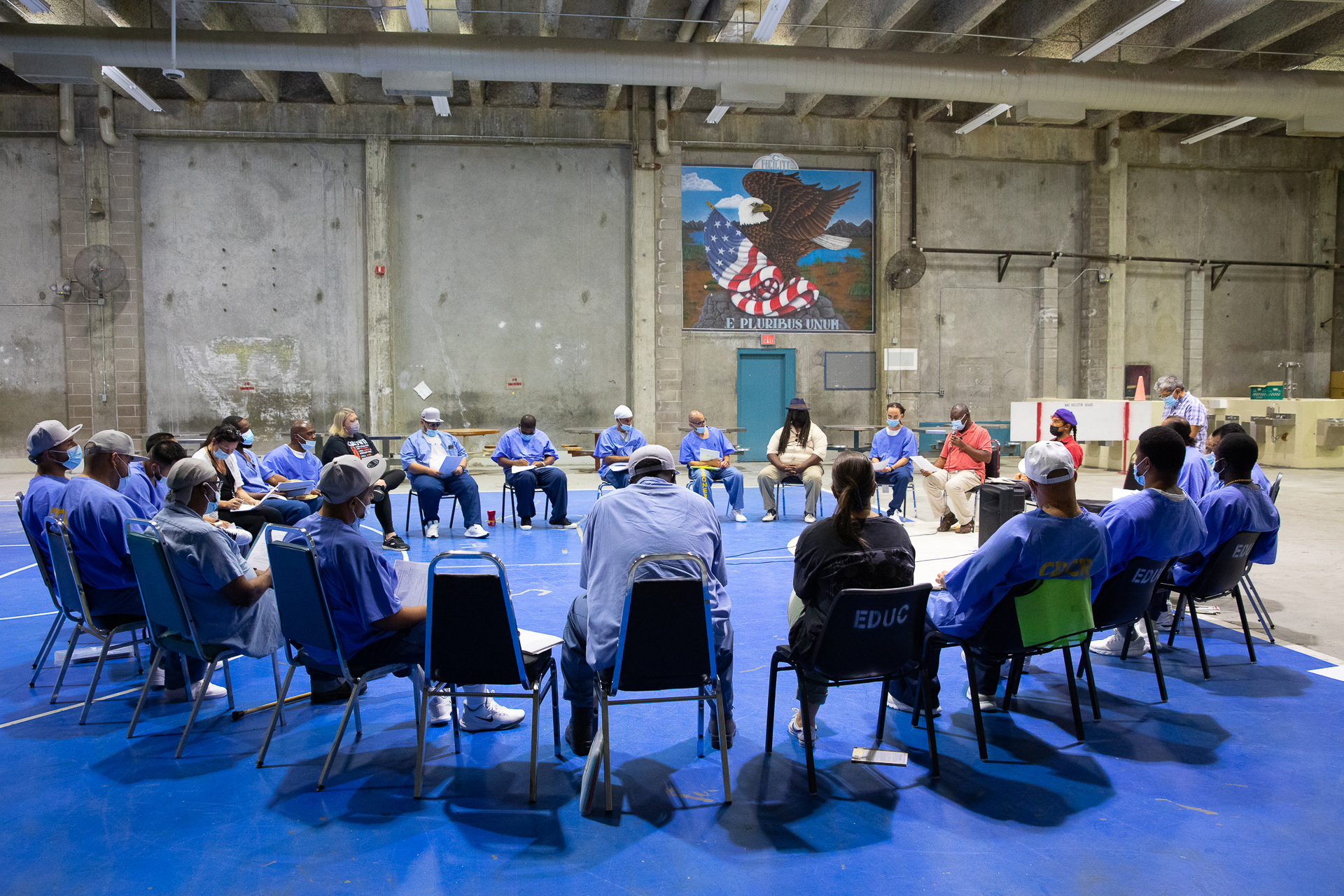
September 15, 2022
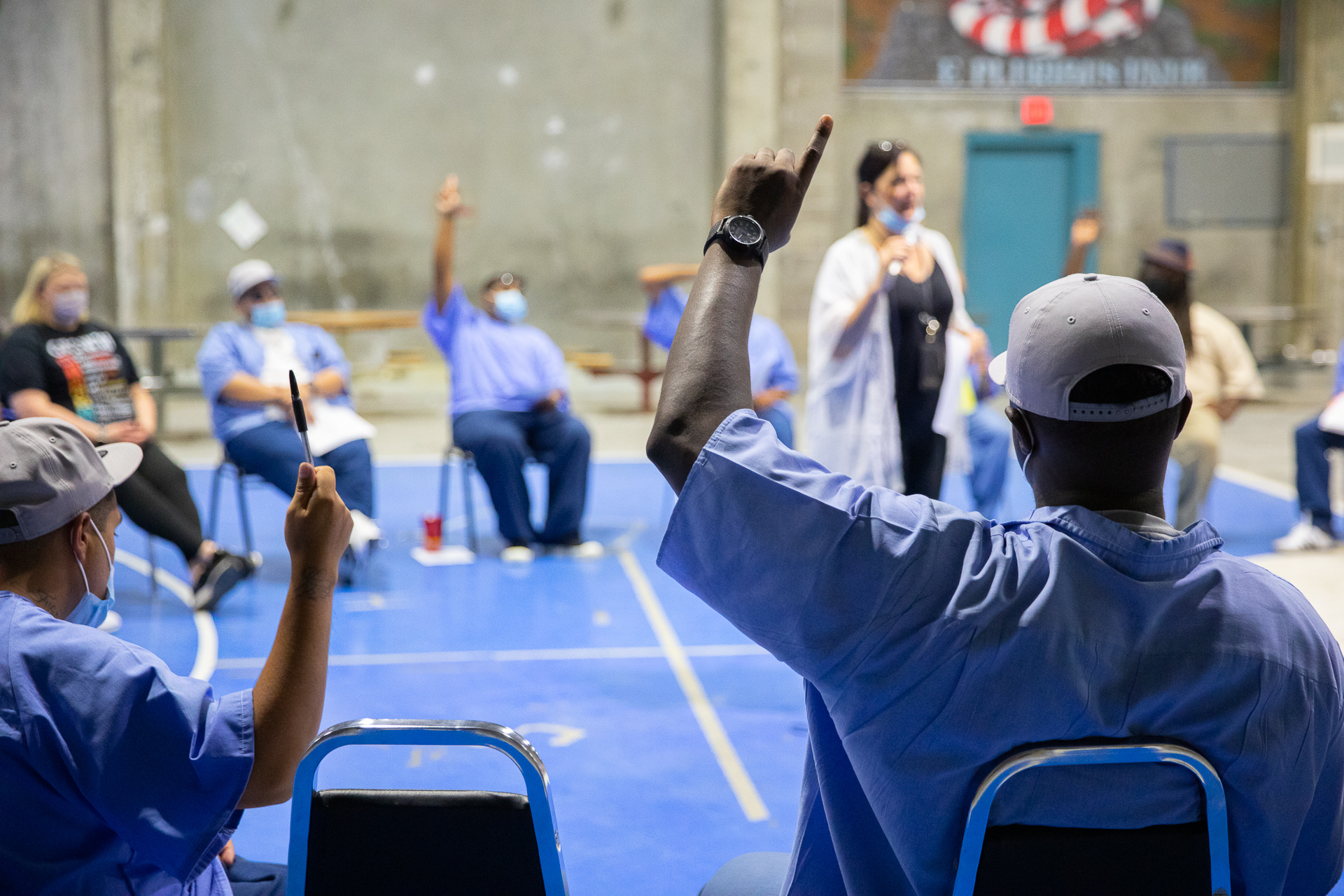
Every Friday evening, Sacramento State faculty and graduate students pass through the heavily secured gates of California State Prison, Sacramento, and gather with men whose violent crimes have cost them their freedom.
Members of the University’s group, led by two Sac State Criminal Justice professors, are working to create positive change in the lives of hardened inmates, and ultimately their victims.
They practice “restorative justice,” which teaches offenders to take responsibility for their actions and understand the damage they have caused, while offering them help in managing stress and anger that may cause them to lash out again. Some inmate participants eventually will have the opportunity to meet face to face with people they harmed to answer their questions and offer apologies.
“The ultimate goal is to benefit everyone,” said Ernest Uwazie, Division of Criminal Justice chair. Uwazie and Alexa Sardina, a Criminal Justice assistant professor, oversee the project.
“The crime has been committed,” said Uwazie, who teaches a restorative justice course. “But what can we do to reduce the likelihood of it happening to another person, and to help the victim heal?”
The experience gives graduate students in Social Work, Criminal Justice, and other fields real-world experience working with inmates, and the satisfaction of contributing to a program that can influence the lives of prisoners, their victims, and society.
“I have a realization that mass incarceration is not working in our country,” said Jessica Mai-Duc, a graduate student in Social Work who is part of the restorative justice group. “A lot of people come out of prison worse than when they went in. I want to be part of the solution, creating some healing and making a difference.”
The men housed at the facility, also known as New Folsom Prison, are some of the state’s most dangerous offenders. Many face decades behind bars for crimes including murder, aggravated assault, and armed robbery. The institution, which is maximum security and ringed by an electrified fence, also serves inmates with severe mental illnesses.
“This is a chance to express myself, make amends to myself and my family, and my victims,” he said. “I want to lead by example.” -- Gerald Leon Figg, Folsom Prison inmate and restorative justice participant
With a $396,000 grant from the California Department of Corrections and Rehabilitation (CDCR), the Sacramento State group is conducting weekly workshops designed to help offenders come to terms with, and make amends for, their crimes, while ultimately providing the possibility of some closure and healing for their victims. In addition to Sac State professors and graduate students, the group also includes several community members and alumni.
The workshops, in a prison gymnasium surrounded by concrete cell blocks, are meant to help inmates understand and address circumstances that lead to crime, theoretically making them less likely to repeat such acts.
At an August session, inmates wearing blue scrub tops and sweat pants stamped “CDCR Prisoner” filed into the gym, their faces covered by masks to curb the spread of COVID-19. Some of their arms, chests and faces bore tattoos with gang insignia and other reminders of their pasts.
“I’ve never experienced anything like this,” Gerald Leon Figg said of the workshops. Figg was 17 years old when he was prosecuted as an adult and convicted for shootings in Oakland in 2007 that left one person paralyzed and another dead.
“This is a chance to express myself, make amends to myself and my family, and my victims,” he said. “I want to lead by example.”
Some of the inmates participating in the classes will meet with their crime victims or the victims’ families, most of whom never saw the offender in court because their cases were settled by plea agreements.
At the meetings, arranged upon request of victims or families of victims, inmates may face tough questions about their motives and behaviors.
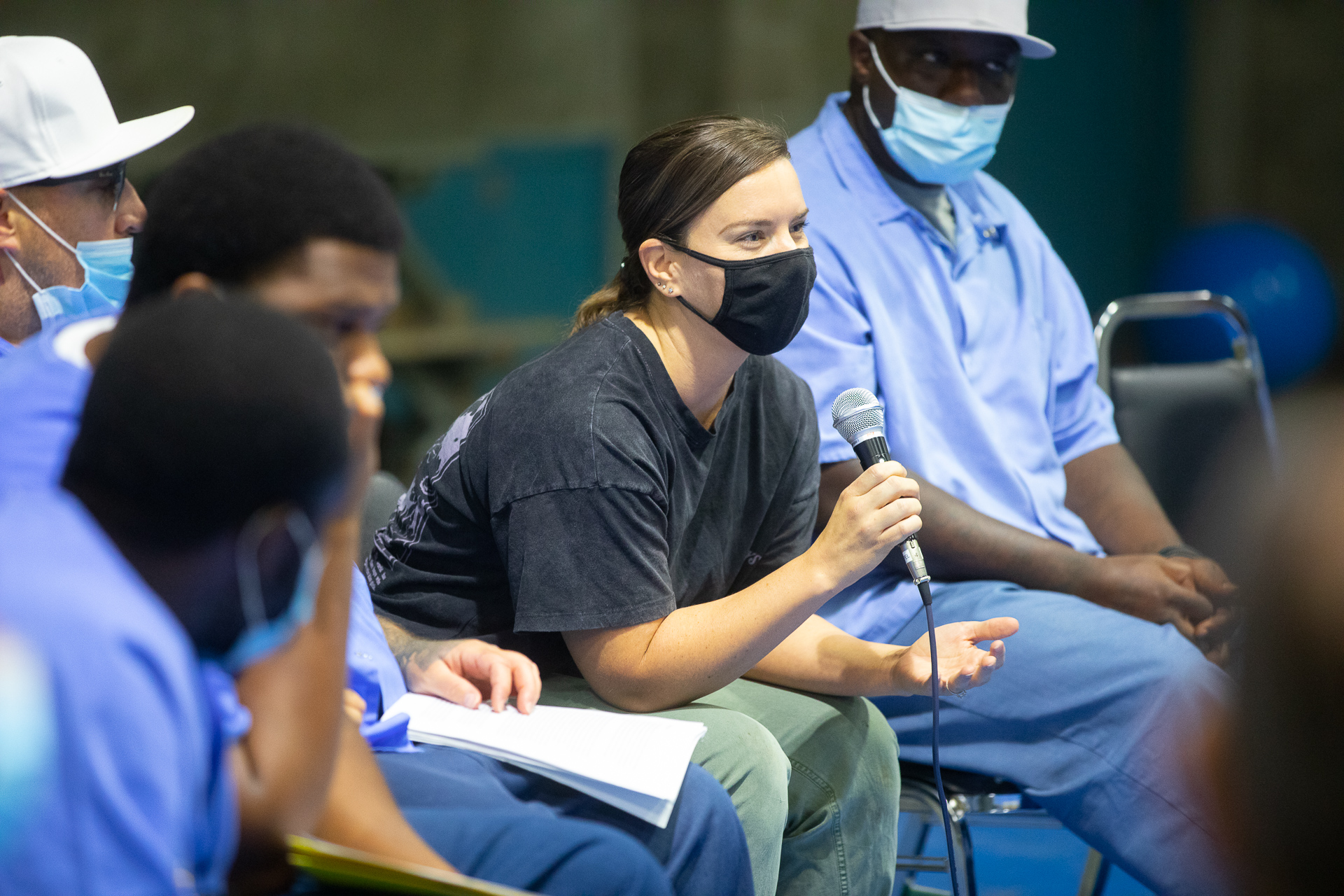
“Crime victims might ask, ‘Why me?’ or ‘Why my daughter?’ ” or “ ‘What were the last words of my loved one who you killed?’ ” Uwazie said.
They may talk about how the offender’s crime continues to disrupt their emotional and mental health, or their financial status.
Inmates might offer information, referring to drug or alcohol abuse, gang activity, or mental health issues, in an attempt to explain their actions. They might apologize, or offer restitution.
Katie James, chief of CDCR’s Office of Victim and Survivor Rights and Services, said the agency is proud of the restorative justice program, and of the partnership with Sac State.
“The moment a severe crime occurs, it is immediately life changing for all involved,” James said. “Their fates are linked.”
Restorative justice “provides an avenue of healing,” she said.
Survivors can “give full voice to all they endured, and those responsible for the harm are given the chance to hear and understand the impact of their actions,” James said.
Crime victims who met with their offenders during restorative justice sessions said they experienced improved ability to sleep, resumed normal daily activities, and returned to work, reports show. They also feared their offenders less and had less anger toward them, while gaining more trust in others. Research also has found significant reduction in recidivism rates among prisoners who took part in such programs.
Even inmates who face decades-long or life sentences can benefit, Uwazie said.
“It gives them a chance to take personal accountability and reflect on their behavior,” he said. “Even those who are serving life sentences may think, ‘Before I leave this world, maybe I can do one good thing.’ Or they may want to modify their behavior for the sake of their family.”
The Sac State team will hold sessions with the Folsom prisoners through November 2023. Project leaders hope the sessions will lead to scholarly articles and conference presentations about the benefits and “best practices” of restorative justice programs.
At a recent session, 20 inmates gathered in a circle inside the prison’s gym. Uwazie, Sac State graduate students, and community members with counseling experience addressed the group, talking about coping strategies, accountability, and other topics, and asking inmates to share personal anecdotes and observations.
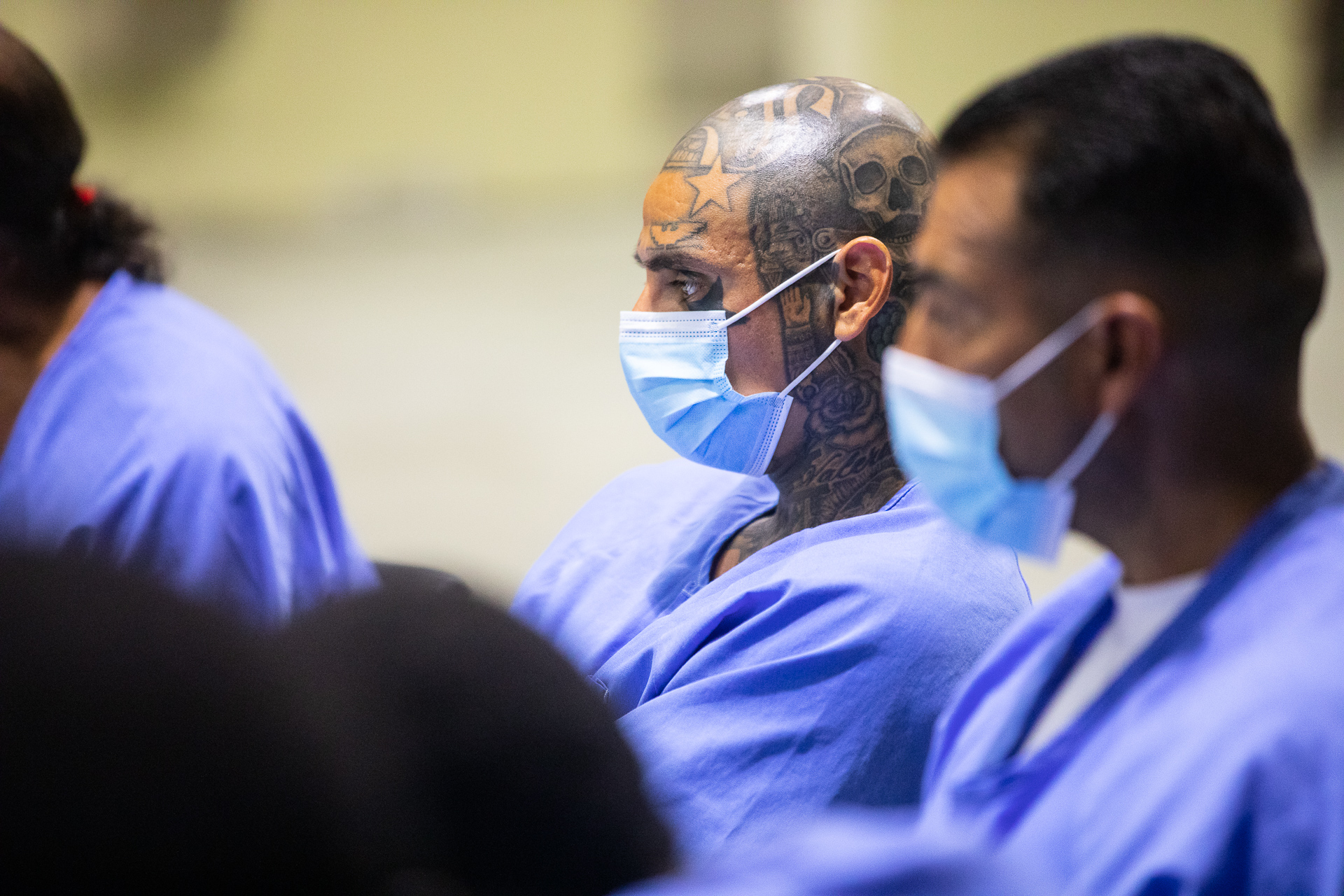
The group engaged in exercises designed to reduce stress and anxiety, including mindful breathing, meditation, and shoulder and neck stretches. They discussed childhood trauma, and the role that it might play in future emotional problems. Another topic was gang culture and its ties to violence and criminal behavior. Accountability also was discussed.
David Constante, a Sac State Social Work lecturer, asked participants to share how they feel when anxious.
“My heart beats really fast,” one inmate said.
“I feel overwhelmed, just loss of control,” said another.
“In here, locked up, I feel anxious every day,” a third chimed in.
Constante told participants to “center” themselves when they feel stressed, and respond with methods that help calm them and lessen the chance that they will commit acts of violence.
“If something is bothering you, you can let it go,” he said. “If we have the will, we have the power.”
Some inmates seemed skeptical that they could change a lifetime of ingrained behavior.
“When you’re in a gang, someone who commits violence in the name of the gang is a real man,” one said. “That’s the kind of man you want to be,” even if it means going to prison or risking death.
Others embraced the ideas presented at the workshop.
Oliver Gray, who is serving a 30-year sentence for armed robbery, said the sessions offer a welcome break from the routines of prison life.
“I will sign up for any groups that are available to me,” he said. “I’m always looking for something positive to balance out all the negative things in my file.”
The discussions about childhood trauma, anxiety, and making restitution to victims have given him food for thought, Gray said.
“In this group, we can talk about things and be completely open and not be judged or bullied or criticized,” as inmates might be if they discussed sensitive issues in the prison yard, he said.
“I’ve been in a cell since I was 13” for various criminal acts, Gray said. “But my past is not necessarily my future.”
About a third of the inmates participating in the restorative justice sessions have children, who are motivation to improve their lives, Uwazie said.
“Once (inmates) are able to talk about their issues, many get to the point that they sincerely feel bad about the things they have done,” he said. “They know they cannot change what happened, but they can do some things to make life better for themselves and for others. That is what restorative justice is about.”
Working on the project at New Folsom Prison “has been one of the most personally and professionally rewarding experiences of my career,” Sardina said.
Restorative justice “recognizes the humanity” of both inmates and crime victims, she said.
“By providing a safe space for these parties to meet, we have the opportunity to make justice healing and transformative.”
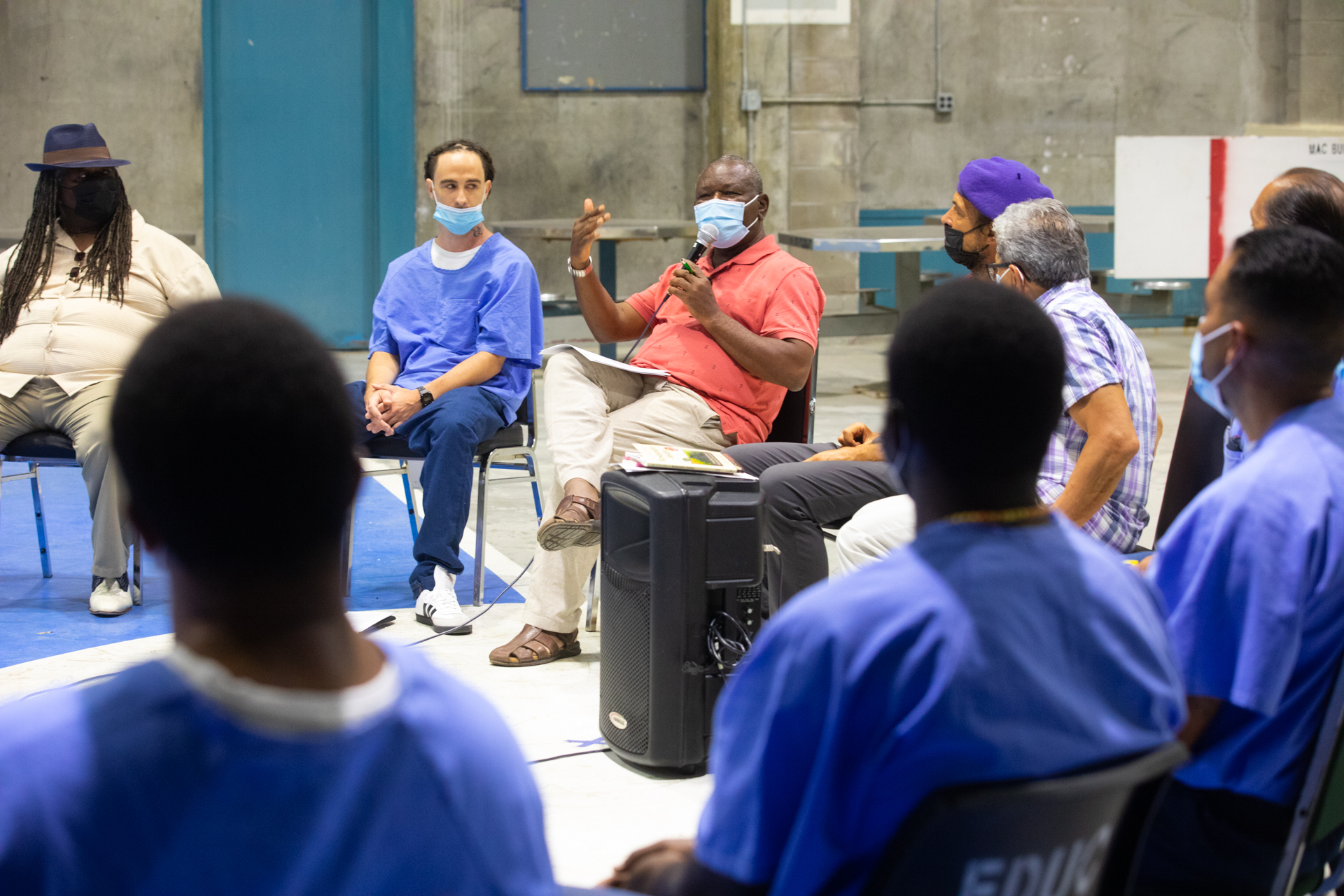
Media Resources
Faculty/Staff Resources
Looking for a Faculty Expert?
Contact University Communications
(916) 217-8366
communications@csus.edu
